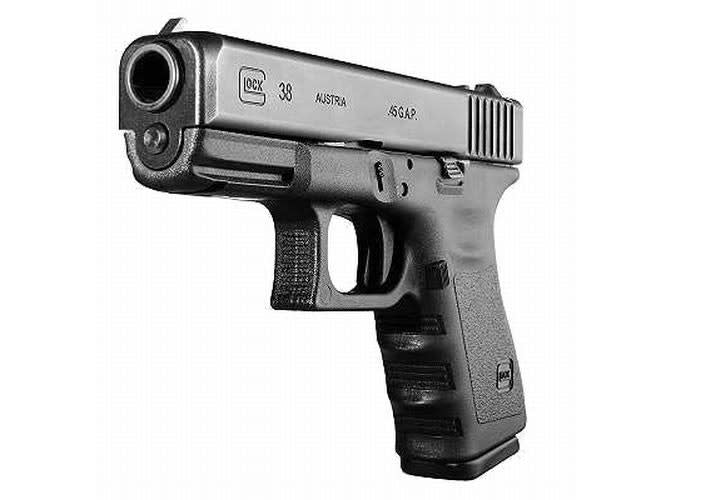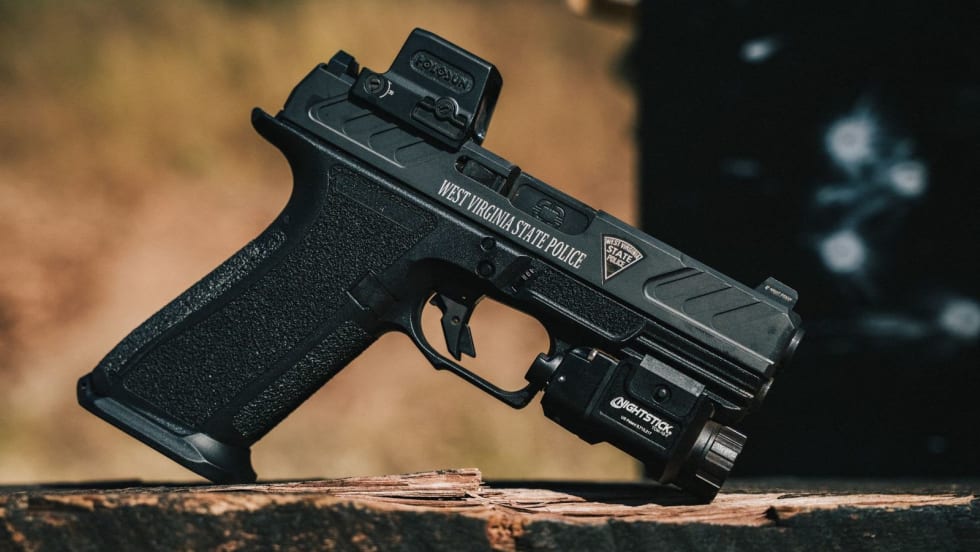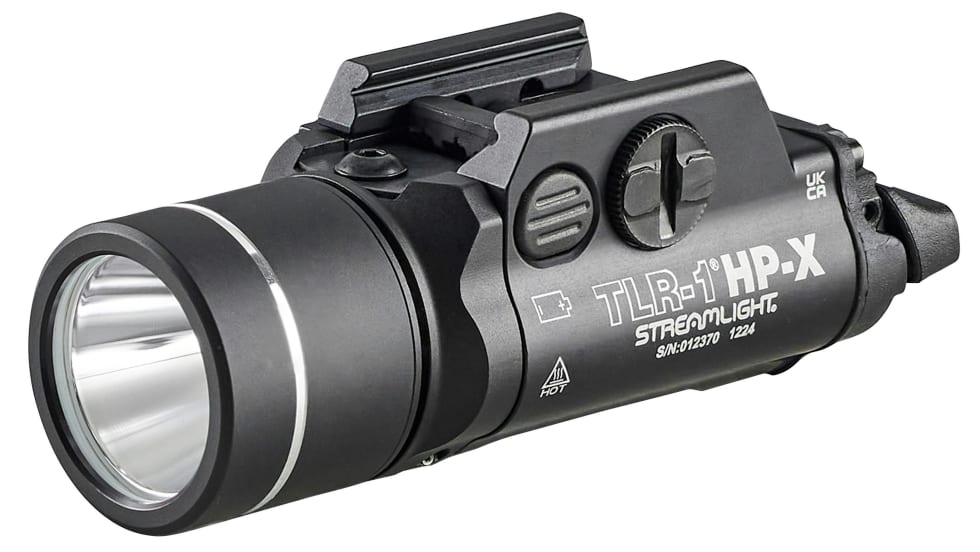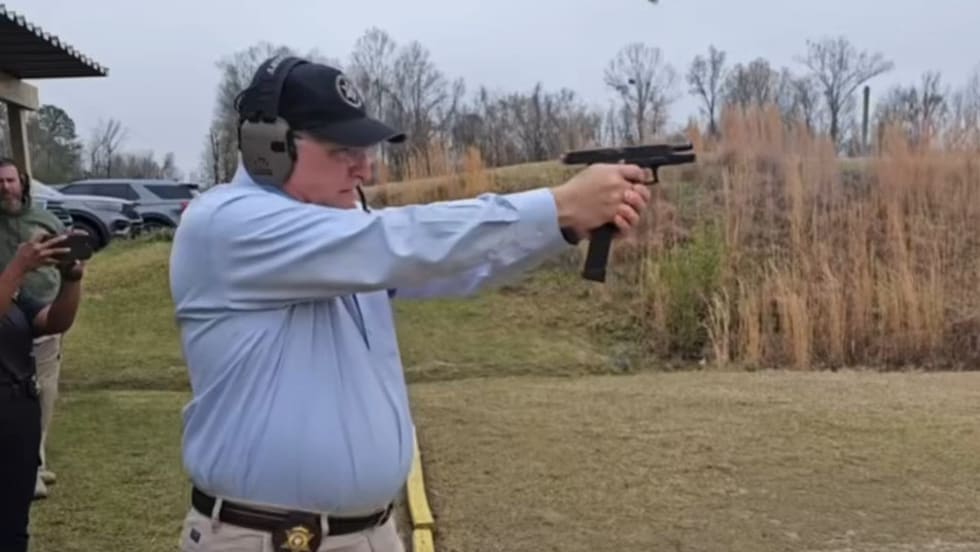It is loaded to the same maximum average pressures as the .45 ACP +P (23,000 psi), which is less than that of the 9mm Parabellum and .40 S&W (35,000 psi). This allows the .45 G.A.P. to fit a wide range of compact and sub-compact sized pistols. For officers who desire a pistol with the performance of the .45 ACP, but who have smaller hands, the .45 G.A.P. is a wish come true.
Glock's first .45 G.A.P. pistol, the G37, features a grip frame the same size as the G17/22 pistols. But so as to accommodate the larger cartridge, the width, height and mass of the slide were increased slightly. It's been a big success.
That's why Glock recently released two new models in the .45 G.A.P. line, the compact G38 and sub-compact G39. Except for their larger slides, these guns approximate the dimensions of the G19/22/32 and G26/25/33 pistols, and were designed specifically for concealed carry by plainclothes and off-duty police officers.
I have often been criticized for saying, "A Glock, is a Glock, is a ..." Well you get my drift. But this should in no way be construed as a slam against Glock. One of the Glock's biggest advantages as a service pistol is that, regardless of which model you choose, the operating drill, method of field stripping, location of controls, etc., are exactly the same. An officer can pick up any Glock pistol in any caliber and operate it as easily as any other Glock.
There's another reason that Glock pistols are so popular with police agencies: Glock offers each officer a pistol for each need that he or she may have. On patrol or in day-to-day operations, the officer can carry a full-size duty weapon. Off-duty, undercover, or as a backup weapon, the officer can carry a compact or sub-compact that is a scaled-down version of his or her duty weapon, that works the exact same way, and that accepts the same magazines.










